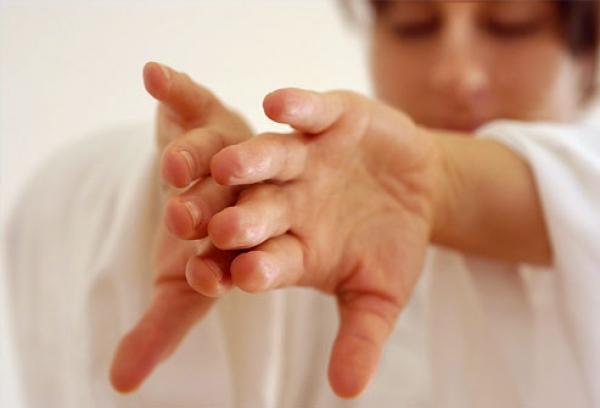
Taichi and Qigong are often described as “meditation in motion.”
But they might as well be called “medication in motion.” These ancient mind-body practices can help treat or prevent many chronic health problems, says Harvard Women’s Health Watch. And it just might be the perfect activity for the rest of your life. This gentle form of exercise is slow and graceful. It doesn’t leave you breathless, yet it addresses all the key markers of good health: muscle strength, body awareness, flexibility, balance, bone health, cardiovascular function, inflammation, quality of life, stress reduction, breathing, oxygenation, mental health, and aerobic conditioning.
What are Qigong and Taichi?
Qigong is the ancient practice of movements to improve energy flow in the meridians, and it is over 5,000 years old. Taichi was developed during medieval times, with the same purpose of developing body awareness and ultimate fitness. Both Qigong and Taichi are part of ancient Chinese medicine that integrate physical movements, breathing, and focused attention.
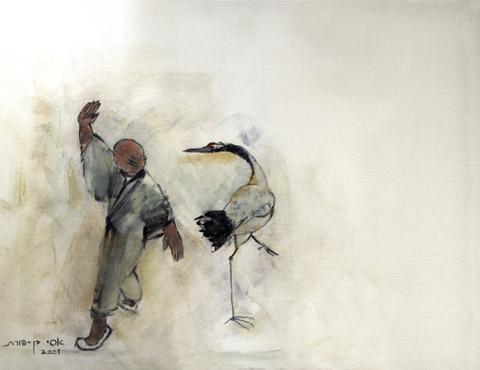 Animal-Inspired Movements
Animal-Inspired Movements
Many of the forms involve graceful animal-like gestures, with names and metaphors like “Carry the tiger to the mountain” or “White crane spreads its wings”. They’re performed with relaxed muscles and ease of movement. By focusing on the breath and physical movements, a practitioner learns to direct the flow of Qi, or life force, into the body to optimize health.
Heightened Body Awareness is Healing
Qigong and Taichi incorporate a wide range of physical movements, including slow, meditative, flowing, dance-like motions. They incorporate a purposeful regulation of breath and mind coordinated with heightened body awareness. This ability to sustain focused attention without overthinking or judging is a key component to body awareness, or kinetic intelligence, which allows you to sense the inner landscape of your body in unity with Nature, bringing your body functions into a kind of harmonic balance within Nature. This awareness promotes healing and rehabilitation of multiple medical conditions.
Studies on the Benefits of Taichi and Qigong
“A growing body of carefully conducted research is building a compelling case for Taichi and Qigong as an adjunct treatment to standard medical practices for the prevention and rehabilitation of many conditions commonly associated with age,” says Peter M. Wayne, assistant professor of medicine at Harvard Medical School and director of the Taichi and Mind-Body Research Program at Harvard Medical School’s Osher Research Center. An adjunct therapy is a treatment used together with primary medical treatments under the direction of a medical doctor, in order to improve a patient’s functioning and quality of life.
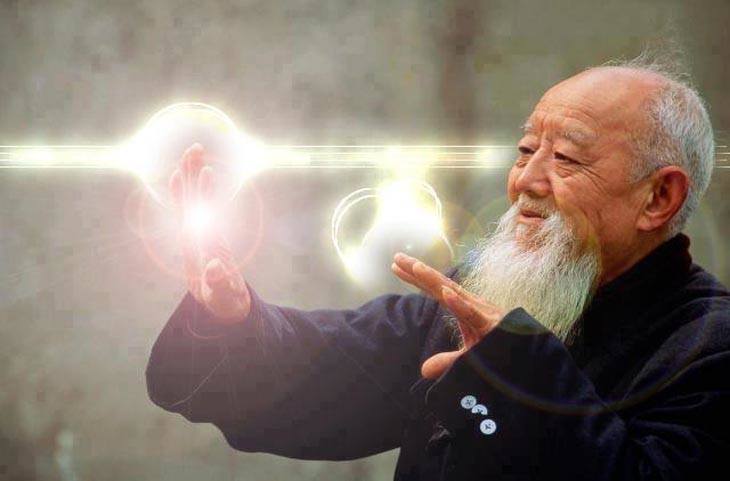
Qi is the or life force that flows through the body’s Meridians, the Yin Yang organs, and is responsible for moving the blood. Qi is the vital energy in all living things. According to Dr. Oz and Oprah, Taichi and Qigong are the best exercise for total health and can reduce aging. Qigong and Taichi strengthen the natural flow of your inner energies and Qi, or life force.
Balance and Reduced Risk of Falls
Proprioception — the ability to sense the position of one’s body in space — declines with age. Taichi and Qigong improve balance and, according to some studies, can reduce the risk of falling. Taichi helps train this spatial sense, which is a role of sensory neurons in the inner ear along with receptors in the muscles and ligaments. Qigong and Taichi can improve muscle strength and flexibility, which makes it easier to recover from a potentially dangerous stumble. Fear of falling can increase the risk of falling. Research from the National Institute on Aging found that Qigong and Taichi reduced fear of falls and risk of falling among older adults.
Muscle Strength
Taichi can improve core strength, lower-body, and upper-body strength. When practiced regularly, it can be comparable to resistance training and brisk walking. “Although you aren’t working with weights or resistance bands, the unsupported arm exercise involved in Taichi strengthens your upper body,” says internist Dr. Gloria Yeh, assistant professor at Harvard Medical School. “Taichi strengthens both the lower and upper extremities and also the core muscles of the back and abdomen.”
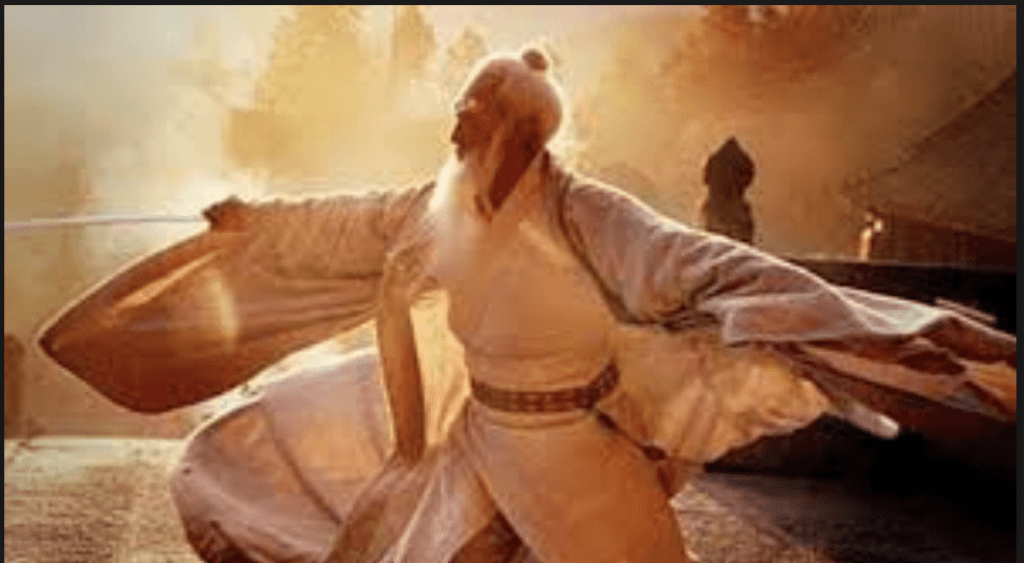 Taichi can teach you how to slow down — and how to let go.
Taichi can teach you how to slow down — and how to let go.
Taichi and Qigong Studies in General Health
A total of 6410 participants were studied between 1993 and 2007 in 13 countries, comparing Qigong and Taichi with other forms of exercise. Participants included at-risk groups from specific health factors such as arthritis, heart disease, hypertension, osteoporosis, risk of falling, breast cancer, depression, fibromyalgia, autoimmune diseases, muscular dystrophy, Parkinson’s disease, neck pain, insomnia, and traumatic brain injury.
From all of the studies, 163 different physiological and psychological health groups were identified. The main benefits that emerged were: bone density, cardio-pulmonary benefits, muscle strength, balance and reduced risk of falling, quality of life, mental health, self-sufficiency, psychological benefits, immune resiliency, and reduced inflammation, from both Taichi and Qigong.
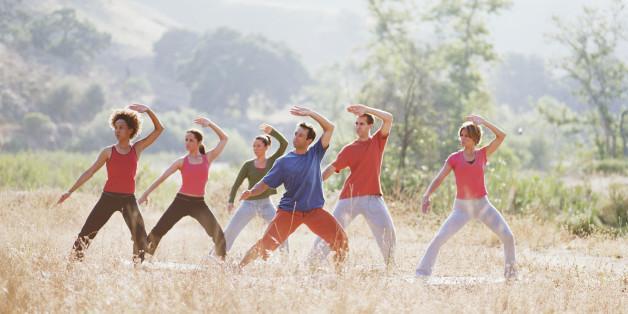 Bone Density
Bone Density
Numerous studies show that resistance training and other weight bearing exercises can increase bone density (American College of Sports Medicine, 2004) and thus have been recommended for post-menopausal women for that purpose (Maddalozzo & Snow, 2000). Interestingly, Qigong and Taichi practices involve no resistance and minimal weight bearing (such as gentle knee bends), yet researchers in a study of 427 participants reported positive effects on bone health. One study examined the effect of Qigong (H. H. Chen, Yeh, & Lee, 2006) and three examined Taichi (Chan et al., 2004; Shen et al., 2007; Woo, Hong, Lau, & Lynn, 2007). Bone loss was retarded and numbers of fractures were less among post-menopausal women practicing Taichi compared to usual care.
Another study showed reduced bone loss in post-menopausal females practicing Taichi or resistance training compared to no-exercise controls. Shen and colleagues (Shen et al., 2007) compared Taichi to resistance training and reported significant changes in biomarkers of bone health in both groups. Bone mineral density increased for women following Qigong exercises as compared to no-exercise controls (H. H. Chen et al., 2006). In summary, current research suggests a favorable effect on bone health for those practicing Taichi or Qigong.
Harvard Women’s Health Watch reported the findings of various studies showing that Taichi combined with standard medical treatment could be helpful for arthritis. An hour of Taichi twice a week for 12 weeks reduced pain and improved mood and physical functioning more than standard stretching exercises in people with severe knee osteoarthritis.
Cardiovascular Benefits
Nineteen studies reported positive outcomes in cardiovascular and/or pulmonary function. Participants were generally older adults over 60 years of age. Measures of cardiopulmonary function included blood pressure, heart rate, ejection fraction rates, blood lipids, 6-minute walk distance, breathing function, and body mass index (BMI). One of the most consistent findings was the significant reduction in blood pressure reported in multiple studies.
 Anxiety, Stress Reduction, & Depression
Anxiety, Stress Reduction, & Depression
Taichi and Qigong benefit the mind and the body.
Numerous studies support the positive impact of Taichi on psychological well being. Dr. Chenchen Wang of Tufts University School of Medicine identified 40 studies concluding that Taichi is associated with improvements in stress, anxiety, depression, mood, and increased self-esteem.
The healing powers of this movement may lie in combining movement, meditation and breathing. According to Donal P. O’Mathuna, Ph.D., lecturer in Health Care Ethics at the School of Nursing in Dublin City University, Ireland, the specific combination of exercise, meditation, and breathing may help to relieve anxiety and depression.
Rheumatoid Arthritis
Evaluating the benefits of weight-bearing exercise, Taichi for rheumatoid arthritis patients, the American Journal of Physical Medicine and Rehabilitation used Taichi on rheumatoid arthritis patients. Kirsteins AE, Dietz F, Hwang SM. 1991, tested parameters included joint tenderness, joint swelling, time to walk 50 feet, handgrip strength and a written assessment. No significant exacerbation of joint symptoms using this weight-bearing form of exercise was observed. Taichi exercise appears to be safe for RA patients and may serve as an alternative for exercise therapy and part of their rehabilitation program.
 Consult Your Doctor
Consult Your Doctor
If you have a physical limitation or a medical diagnosis, if you take medications that can make you dizzy or lightheaded, check with your doctor before starting Qigong or Taichi. Given its excellent safety record, chances are that you’ll be encouraged to try it.
Try a Class
A Taichi – Qigong class might include these parts:
- Warm-up. Easy motions, such as shoulder circles, relaxing the joints, and gentle bouncing, to loosen your muscles and focus on your breath and body.
- Movements. Healing sequences of movements focusing on movements of the arms and legs, with names such as Spread the Waters, or Carry the Tiger to the Mountain. Taichi movements usually include the Beijing 24 form, which includes 24 movements with different names such as “Play the Lute” or “Grasp the Sparrow’s Tail”.
- Cooling down. Calming with breathing exercises to relax the mind and internalize the Qi into the body.
Jane Barthelemy teaches classes in Qigong, Taiji, and Meditation. Jane Barthelemy, CBP, CRM, LAP, MBA is a Certified BodyTalk Practitioner, Licensed Accunect practitioner, Certified 3rd degree Reiki Master, Certified MogaDao Qigong Guide, MogaDao Sacred Sexuality Instructor, MBA, and a lifetime practitioner of Tibetan Trika Yoga meditation for over 40 years. Jane lives and practices in Santa Fe, NM New Mexico at the Blue Lotus, and at Santa Fe Soul.
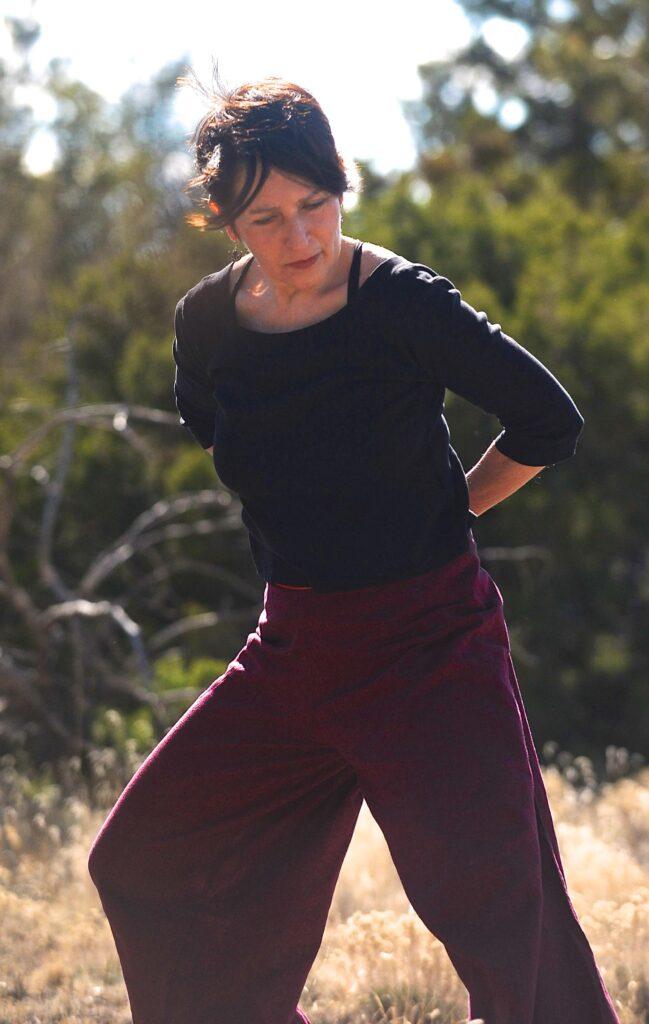
These deceptively simple and graceful forms stimulate the deepest vitality of energetic meridians in the body. According to ancient Chinese medicine, the greatest source of personal wisdom in the physical realm is the body. The body is our finest link to pure awareness, in its intimate connection to soul, spirit, and the natural powers of the cosmos. Qigong can heal the body.
“Cultivate vibrant health and spirituality with ancient forms that attune the body to Nature’s seasons and Cosmic rhythms.”
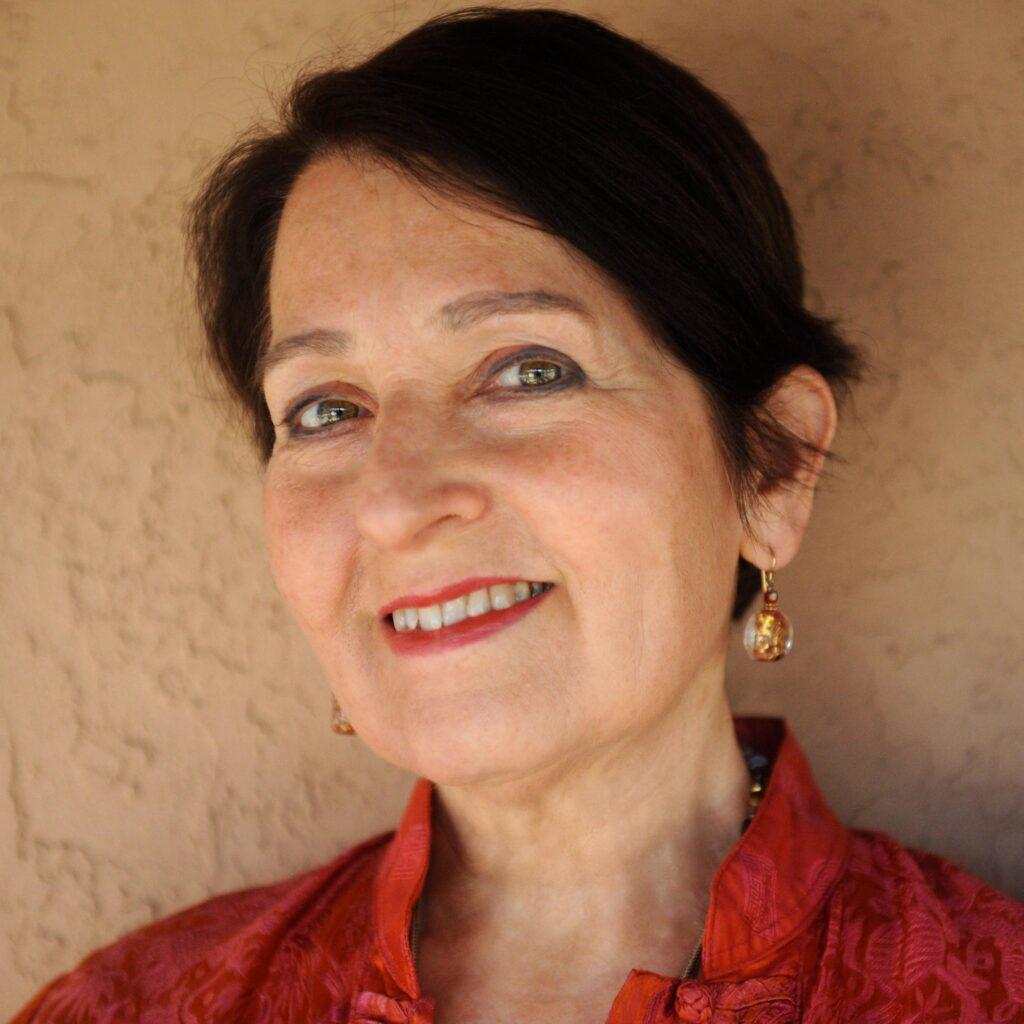 Using Qigong and Taichi, Jane has successfully healed from cancer, chronic fatigue, adrenal failure, digestive collapse, chemical sensitivities, multiple food allergies, frozen shoulders, and shingles. Her passion for Qigong and Taiji comes from its beauty, grace, and healing power.
Using Qigong and Taichi, Jane has successfully healed from cancer, chronic fatigue, adrenal failure, digestive collapse, chemical sensitivities, multiple food allergies, frozen shoulders, and shingles. Her passion for Qigong and Taiji comes from its beauty, grace, and healing power.
Resources:
http://www.ncbi.nlm.nih.gov/pmc/articles/PMC3085832/
http://www.instituteofintegralqigongandtaichi.org/pdfs/ReviewRJLL0509.pdf
http://www.webmd.com/fitness-exercise/a-z/tai-chi-and-chi-gong
http://www.huffingtonpost.com/2014/01/08/why-this-ancient-martial-_n_4550312.html
http://www.health.harvard.edu/press_releases/Tai-chi-eases-several-medical-conditions
http://taichiforhealthinstitute.org
http://www.health.harvard.edu/staying-healthy/the-health-benefits-of-tai-chi
http://www.treeoflifetaichi.com


